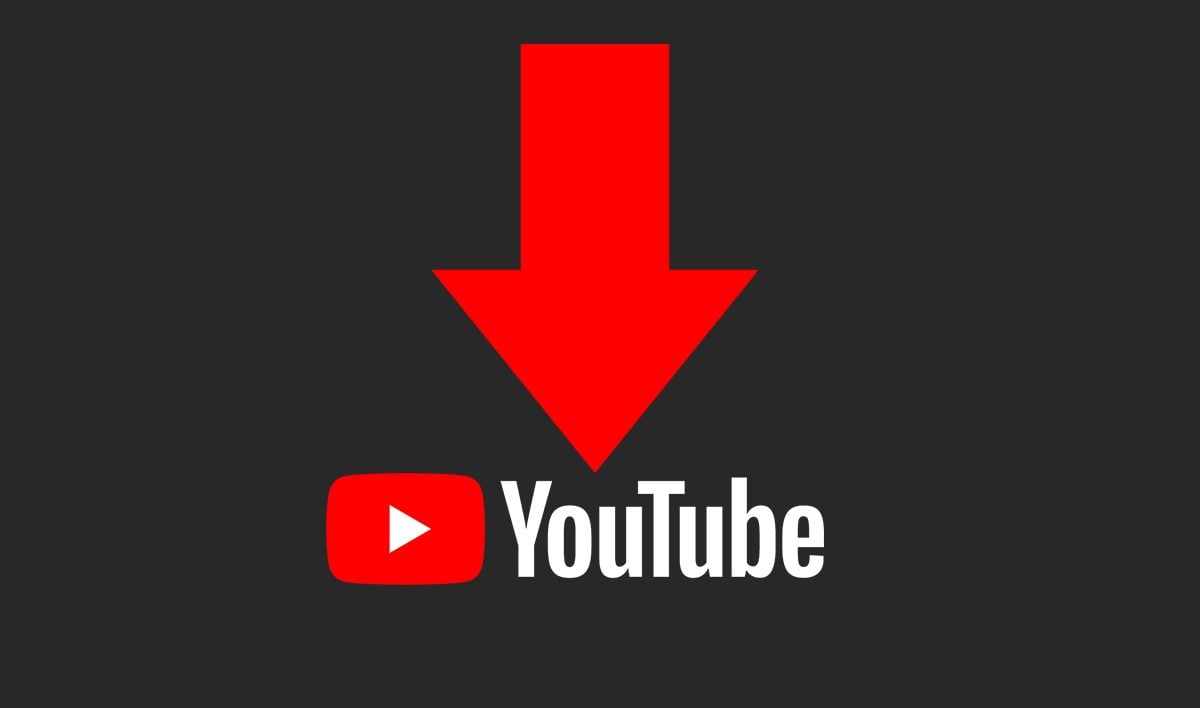Open Graph Generator
Open Graph Tag Generator
Open Graph (OG) tags help make your content more engaging when shared on social media platforms. Adding these tags to your HTML allows you to control how your page looks when shared on platforms like Facebook, LinkedIn, and Twitter.
What Are Open Graph Tags?
Open Graph tags are metadata tags that control the appearance of your web page when shared on social media. By setting specific tags for the title, description, URL, and image, you can influence how your page's preview displays to users, enhancing click-through rates and engagement.
Essential Open Graph Tags
Here are some of the most commonly used OG tags:
- og:title – Defines the title of the page.
- og:description – Provides a short description.
- og:url – Specifies the URL of the page.
- og:image – Links to an image that represents the content.
Example of Open Graph Tags
Here's an example of how you might set up OG tags for a webpage:
<meta property="og:title" content="Your Page Title">
<meta property="og:description" content="A brief description of your page.">
<meta property="og:url" content="https://www.yourwebsite.com/page">
<meta property="og:image" content="https://www.yourwebsite.com/image.jpg">
<meta property="og:type" content="website">
Creating Your Own Open Graph Tags
To set up OG tags, include them in the <head> section of your HTML. Customize the tags to reflect the page's content and values. Ensure your image is of high quality and meets the recommended size for optimal social media display (usually 1200x630 pixels).
Benefits of Using Open Graph Tags
Using OG tags can significantly improve your website's appearance on social media and increase engagement by:
- Providing clear, descriptive information to users before they click.
- Improving click-through rates on social media.
- Ensuring your content looks professional and consistent across platforms.





